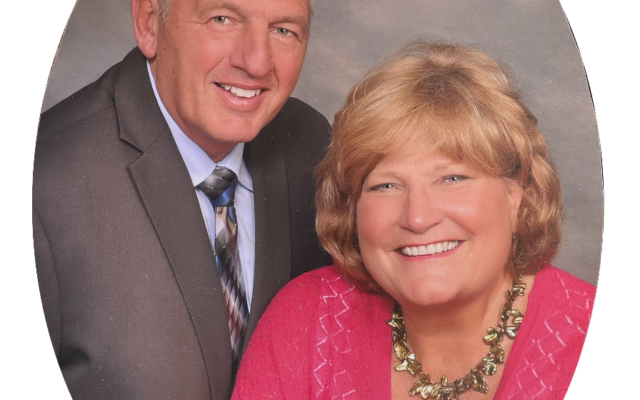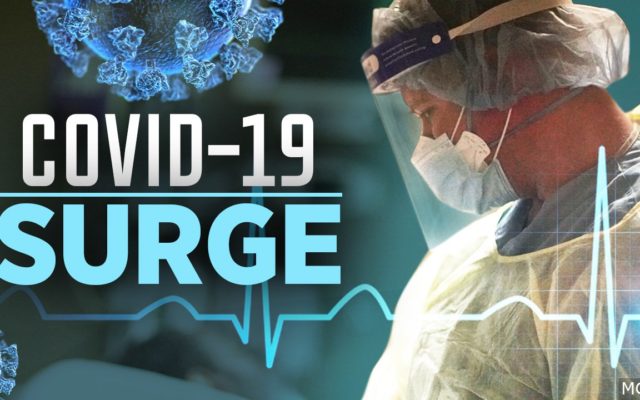
Now Scheduling Primary Care Appointments Online. Book Now.
Oaklawn takes part in surge capacity exercise to evaluate hospital response in an emergency
What happens if an area disaster took place and area hospitals were forced to accommodate up to 30% more patients than usual?
On February 22, Oaklawn participated in a Medical Response Surge Exercise to plan for such a scenario. Numerous hospitals, EMS agencies and other health-related organizations spanning over 50 Michigan counties were led by four Regional Healthcare Response Coalitions in the simulated event.
Its purpose was to test the medical patient surge capacity of healthcare organizations in the event of a large-scale disaster. The U.S. Department of Health & Human Services requires Healthcare Response Coalitions to organize yearly exercises to test and improve the nation’s healthcare system in preparing, responding, and recovering from emergencies or disasters.
The scenario and specific portions of the response system tested vary from year to year.
In this exercise, the fictitious situation included multiple explosions throughout the state, causing numerous patients to simultaneously need medical attention stressing the normal response patterns for patient care.
“For this scenario, patients were distributed between hospitals within the region in the form of paper patient descriptions,” said Sarah Hughes, RN, Oaklawn Director of Emergency Preparedness. “Oaklawn received a surge of these patients representing approximately 30% of their staffed beds. The Emergency Department worked quickly to determine patient treatment needs. Numerous hospital and outpatient departments assisted in various ways, including providing extra staff to care for patients, assuring adequate supplies would be available and providing a unified incident command structure for communication and seamless care of the fictious patients.”
For this exercise, Incident Command was led by Oaklawn Hospital’s Chief Nursing Officer, Theresa Dawson, DNP.
“Even though it was not a real-life situation, staff all worked diligently and quickly to provide for the needs of the exercise patients,” noted Hughes. “As with many emergency or disaster situations, communication is a key part of the event response’s success. This exercise provided a great opportunity to practice communication methods and improve processes to streamline care.”
Hughes stressed that no real hospital patients were moved for this exercise and no actual staff was called in to accommodate surge patients.
One of the major highlights of the exercise, Hughes noted, is to practice and improve communication between departments and outside agencies. Participation is a regulatory requirement for Oaklawn’s DNV Accreditation.
Michigan has eight regional healthcare coalitions. Oaklawn is part of the 5th District Medical Response Coalition (5dmrc.org) that serves Allegan, Barry, Berrien, Branch, Calhoun, Cass, Kalamazoo, St. Joseph and VanBuren counties. Representatives from the region’s hospitals, EMS agencies, public health departments, emergency management programs and care facilities meet bi-monthly to collaborate, ensuring an all-hazards approach to preparedness.
Hughes represents the Regional Hospital Committee on the Region 5 Healthcare Coalition Planning Board.
“While we hope to not encounter disasters that require us to use this type of training, we continually work to improve our preparedness so we can respond if something were to occur,” she said. ”It is exercises like this that help us work together as a team to improve care for our community.”

